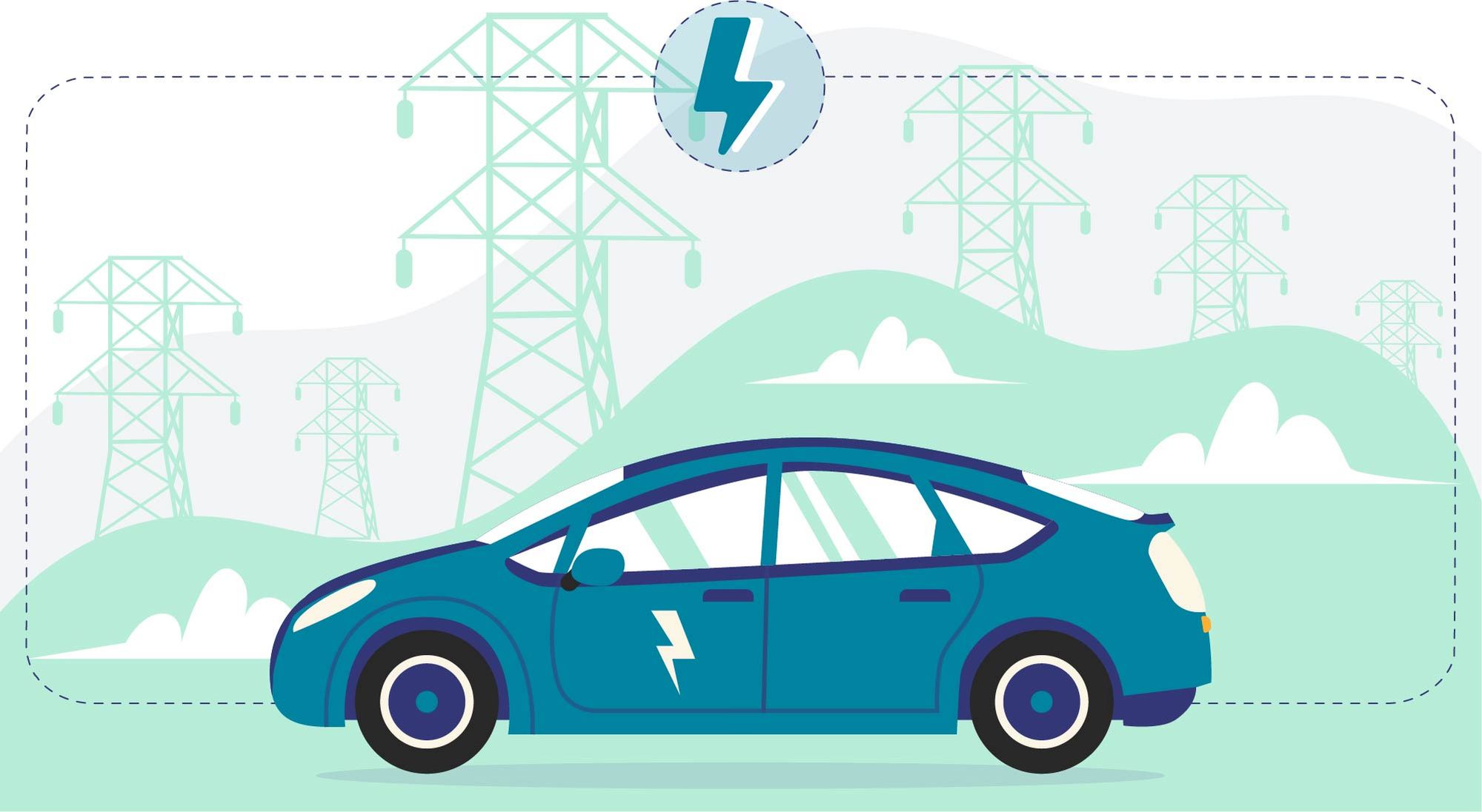This is a guest blog from Bill LeBlanc, Chief Catalyst at Rolling Energy Resources. Bill has extensive experience in the energy and utility industries through his prior work at E Source, Electric Power Research Institute, and as a consultant and public speaker. Over the past year, there has been no shortage of news articles raising concerns about how EV charging will impact electrical grids, especially with heightened demand due to extreme weather conditions. In this article, Bill shares his take on recent research demystifying the role of EVs in grid modernization efforts.
In a recent MIT study on transportation electrification and the need for electric grid expansion, it concludes that EVs can actually make the grid MORE efficient instead of causing new peaks. Below are some of my insights on the results based on their modeling.
Managed charging at home
Charging at home overnight MUST be managed to eliminate the natural peak that would otherwise occur at the beginning of the charge cycle when there are also other high home-based demands. Technology applications already exist to push charging later in the evening/night and work backward from when people need a full charge the next day. (This is what my company, Rolling Energy Resources does in partnership with Smartcar, not-coincidentally).
Good news/bad news
Electricity is relatively abundant during specific time periods, such as midnight to 5 am and midday in solar-rich environments. These low-demand times result in lower electricity costs, making EV charging even more affordable. However, many utilities lack appropriate electric rate designs to incentivize charging patterns that align with these low-cost periods.
It is crucial that we address this issue, especially as the grid mix undergoes radical changes. Static time-of-use rates alone may not suffice in our future, where distributed energy resources (DERs) play a significant role. Innovative rate designs and incentives must be implemented to encourage desired charging behavior.
Workplace charging becomes more important
Adding workplace charging will become more critical as solar energy grows in importance in the coming years. This helps "soak up" high production that otherwise could be wasted. Level 1 charging, which utilizes a regular 110-volt plug, could be sufficient for most people as they spend a significant amount of time parked at work. The average commute is well below 25 miles, easily covered within approximately 6 hours of parked time. Telematics-based charging management systems can be highly beneficial in this scenario. They enable the management of vehicle charging not only at home but also at various locations, including the workplace.
Addressing equity in electricity rates through EVs
Keeping electricity costs low for ALL electric customers depends on strategic management of EV charging, and utilities will be the conductors of this complex electrical orchestra. Rate increases should NOT be a necessary element of EVs per se, although grid investments are long overdue in most areas for general reliability purposes.
Don’t forget distribution infrastructure costs
The well-done MIT study falls short in a very critical area, which is analyzing local electrical distribution cost management. They look at it from a supply standpoint (power plants) but a large portion of infrastructure costs will be based on highly localized demand. If there are 10 EVs on one street, then there may need to be more aggressively managed than if there are just one or two. Precision management is key.
Bottom line
While unmanaged charging of EVs could stress the grid, implementing intelligent and diligent programs for drivers can transform the grid of the future into a more efficient and effective system. The MIT study sheds light on the potential of EVs to enhance grid performance. By embracing innovative charging technologies, incentivizing charging during off-peak hours, and leveraging workplace charging, we can harness the benefits of EVs while minimizing any strain on the power grid. With strategic management and investments in grid infrastructure, EVs have the power to drive us toward a more sustainable and resilient energy future.




